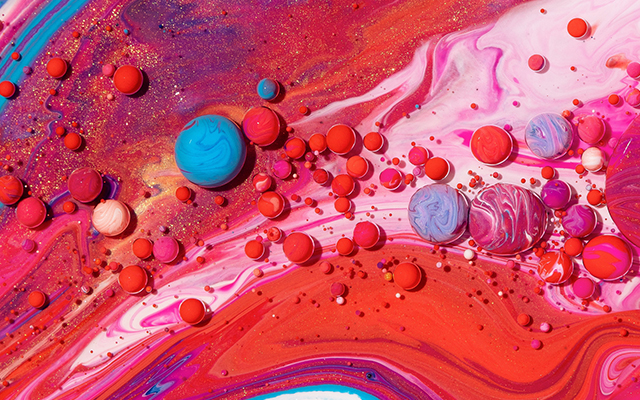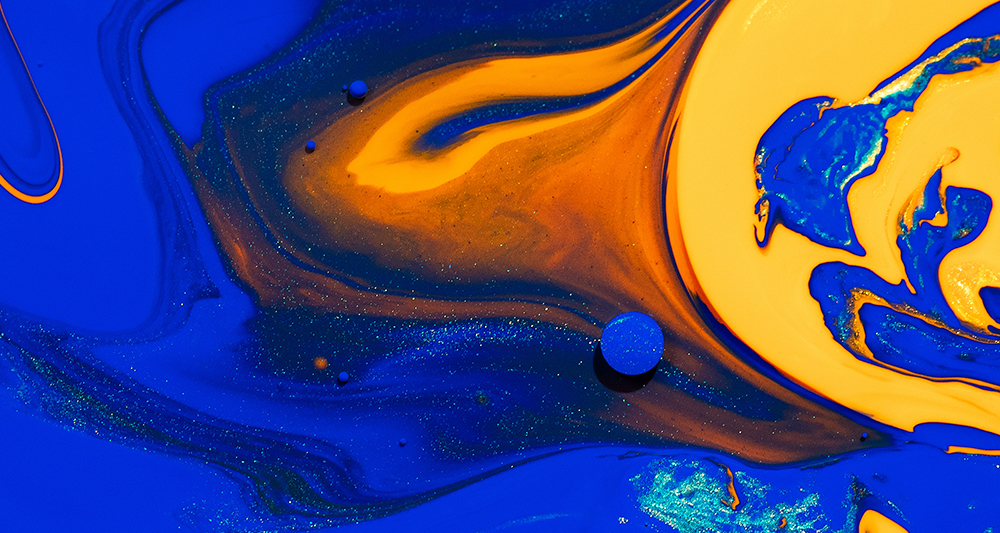
Teach you how to classify and distinguish organic pigments
- Categories:Industry News
- Author:
- Origin:
- Time of issue:2020-03-15
- Views:0
(Summary description)Pigments made from colored organic compounds are called organic pigments ORGANIGPIGMENT.
Teach you how to classify and distinguish organic pigments
(Summary description)Pigments made from colored organic compounds are called organic pigments ORGANIGPIGMENT.
- Categories:Industry News
- Author:
- Origin:
- Time of issue:2020-03-15
- Views:0
Information
Pigments made from colored organic compounds are called organic pigments ORGANIGPIGMENT.
Refers to a class of pigments made from organic compounds that have color and other characteristics of a series of pigments. Pigment properties include light resistance, water immersion resistance, acid resistance, alkali resistance, organic solvent resistance, heat resistance, crystal stability, dispersibility and hiding power.
The difference between organic pigments and dyes is that they have no affinity with the object to be colored. Only organic pigments can be attached to the surface of the object through an adhesive or film-forming substance, or mixed inside the object to color the object. The intermediates, production equipment and synthesis process required for its production are similar to those of dye production, so organic pigments are often organized in the dye industry.

Compared with general inorganic pigments, organic pigments usually have higher tinting power, the particles are easy to grind and disperse, not easy to precipitate, and the colors are brighter, but they have poor light resistance, heat resistance, and weather resistance. Organic pigments are commonly used for coloring materials such as inks, coatings, rubber products, plastic products, cultural and educational supplies, and building materials.
Classified by structure:
(1) Azo pigment accounts for 59%
(2) Phthalocyanine pigment accounts for 24%
(3) Triarylmethane pigment accounts for 8%
(4) Special pigments account for 6%
(5) Polycyclic pigments account for 3%
Organic pigments have bright colors and strong tinting power; low density and non-toxic, but some varieties of light resistance, heat resistance, solvent resistance and migration resistance are often inferior to inorganic pigments.
The variety of colors is endless and colorful, but there is a certain internal connection between various colors. Each color can be determined by 3 parameters, namely hue, lightness and saturation.
Hue is a feature that distinguishes colors from each other. It is determined by the chromatographic composition of the light source and the perception of each wavelength emitted by the surface of the object to the human eye. It can distinguish features such as red, yellow, green, blue, and purple. Brightness, also known as brightness, is a characteristic value that indicates the change in the brightness of the surface of an object;
By comparing the brightness of various colors, the color can be divided into light and dark. Saturation, also known as chroma, is a characteristic value that indicates the intensity of the color on the surface of an object, which makes the color different from vividness and darkness.
Hue, lightness, and saturation form a three-dimensional, using these three to establish a scale, we can use numbers to measure color. The colors in nature are ever-changing, but the most basic are red, yellow, and blue, which are called primary colors.
Scan the QR code to read on your phone

Next:
None


Address: Shop 204, Shangcheng Mingdi, No.183 Rongqi Avenue, Chaoyang Community Residents Committee, Ronggui Sub-district Office, Shunde District, Foshan City
Foshan Shunde Haoyang Chemical Co., Ltd. All rights reserved 粤ICP备10653521号
佛山市顺德区昊阳化工有限公司 版权所有 粤ICP备***号







